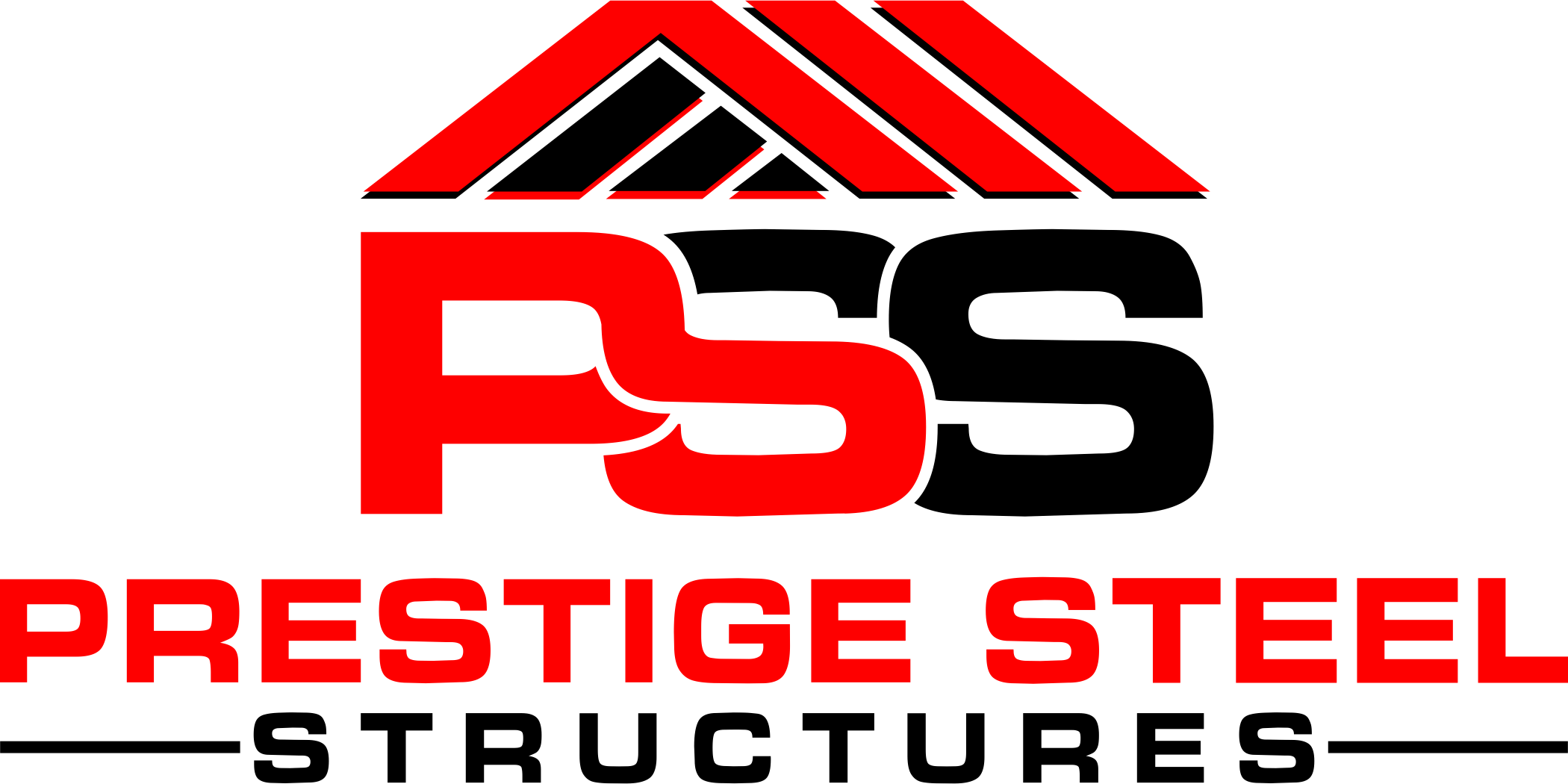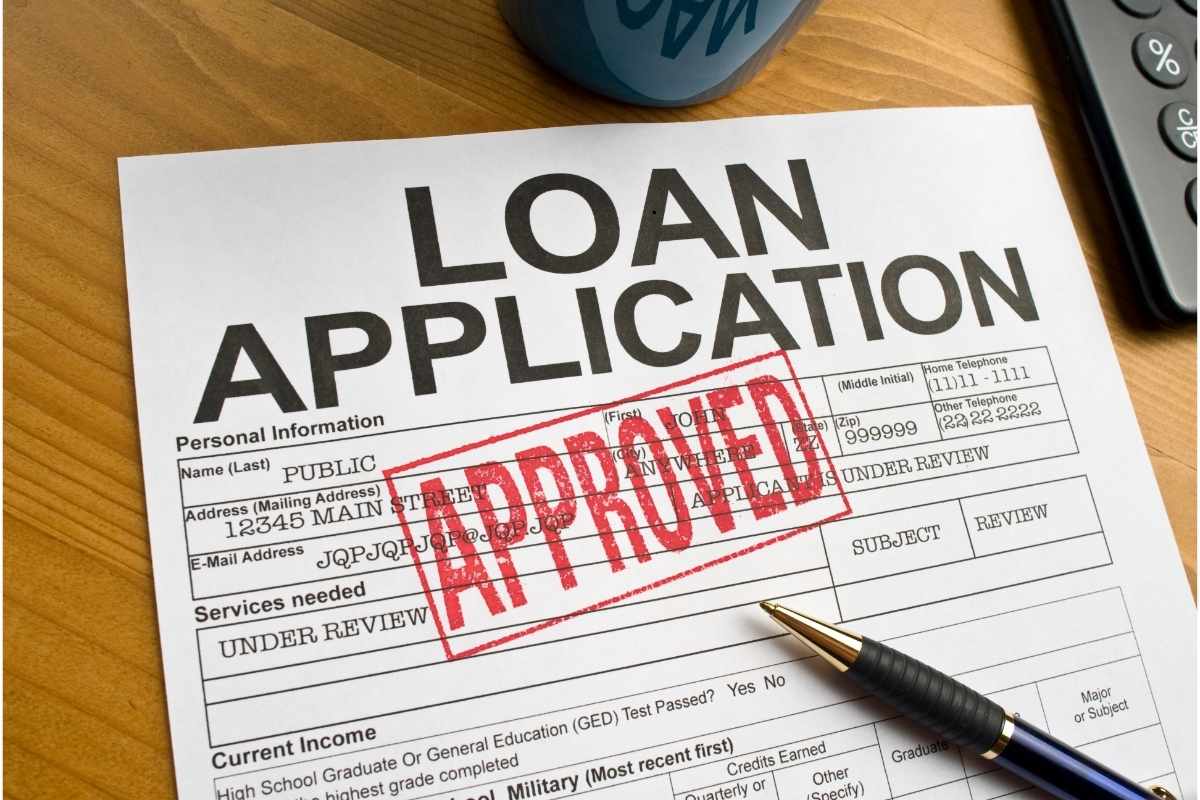When it comes to securing a mortgage, most know traditional homes, but financing a metal building is a different challenge. Finding information on new construction loans for metal structures isn’t always straightforward, leaving many wondering if it’s even possible.
The good news? Financing a metal building construction project is very similar to financing a conventional wood-framed structure. In fact, thanks to their durability and long lifespan, metal buildings can sometimes make you a more attractive candidate for a loan.
If your metal building is intended for agricultural use—such as on a farm or ranch—you may even qualify for special grants and loan programs through the U.S. Department of Agriculture (USDA). Be sure to check out the USDA website for more details on these opportunities.
Regardless of your building’s purpose, you have several financing options available. From personal financing to bank loans and mortgage brokers, there’s a solution that can fit your needs.
In this guide, we’ll break down the most common financing methods, additional considerations, and key steps to ensure a smooth funding process for your metal building project.

Understanding Construction Financing Terms
When securing a loan for your metal building, it’s essential to understand the different construction financing options available. Each loan type comes with unique terms, interest rates, and repayment structures, so evaluating them carefully is crucial. Choosing the right financing option can save you time, money, and potential financial stress in the long run.
Here Are Some of the Most Common Construction Loan Types You Should Know:
- One-Time Construction Loan
This loan allows for a single closing, which means less paperwork and fewer fees. After about 12 months, it automatically converts into a permanent mortgage, simplifying the financing process.
- Note Modification Construction Loan
This type of loan provides two different interest rates:
- One rate applies during the construction phase
- The second applies once it transitions to a long-term mortgage
This structure offers flexibility, but it’s important to review how interest rates change over time.
- Two-Time Close Construction Loan
This loan requires two separate closings:
- One for the construction phase
- Another for the permanent mortgage
While it may involve extra paperwork and closing costs, it allows borrowers to shop for better mortgage rates once construction is complete.
Who Offers Construction Loans?
These loans are available through:
- Banks – Traditional lenders with competitive rates
- Credit Unions – Often offer lower interest rates and flexible terms
- Direct Lenders – Faster approvals and specialized financing
- Independent Financiers – Alternative funding sources for unique projects
- Mortgage Brokers – Help compare loan options to find the best fit
Selecting the right construction loan requires careful evaluation of interest rates, repayment terms, and lender requirements. Be sure to compare multiple options before making a decision.
Next Steps
Start by consulting with lenders who specialize in construction financing to find the best solution for your metal building project.

Common Financing Options for Your Metal Building
Financing a metal building may seem overwhelming, but many options can help you fund your project. Whether you want to pay out of pocket, secure a bank loan, or explore government-backed programs, there is a financing method that fits your needs. The right choice depends on factors like your credit score, financial situation, and how you plan to use the building.
Metal structures are durable, cost-effective, and long-lasting, making them attractive investments. However, some lenders may be hesitant to finance non-traditional structures, so it is important to explore multiple options.
Below are the best financing solutions to help you secure funding.
Finance It Yourself
If you have savings or alternative sources of money, self-financing might be the best option. This allows you to avoid interest rates, monthly payments, and lender requirements. Instead of dealing with loan approvals, you can fund the project on your own terms.
Advantages
- No debt or interest payments
- Full control over your finances
- No need for credit approval or documentation
Disadvantages
- Requires significant upfront capital
- Limits your cash flow for other investments
- May delay your project if funds are insufficient
Self-financing is ideal for those who have the financial resources to cover construction costs. If you do not want to wait, consider combining personal savings with another financing option.
Use a Bank or Credit Union
Traditional banks and credit unions offer construction loans, mortgages, and personal loans for metal buildings. These financial institutions provide long-term repayment plans with competitive interest rates based on your credit history.
Advantages
- Lower interest rates compared to alternative lenders
- Access to larger loan amounts for big projects
- Opportunity to build credit through timely payments
Disadvantages
- Requires a strong credit score for approval
- Long approval process with extensive paperwork
- Some banks hesitate to finance metal buildings
To increase your chances of approval, look for banks and credit unions experienced in metal building financing. Providing a detailed construction plan and cost estimate can also help.
Work with a Mortgage Broker
A mortgage broker connects you with lenders offering the best financing options. They have access to specialized loan programs that you may not find on your own.
Advantages
- Brokers can negotiate better loan terms
- Access to a wider range of lenders
- Saves time compared to searching for loans yourself
Disadvantages
- Brokers may charge additional service fees
- Not all brokers specialize in metal building loans
- Some lenders may have hidden costs
If you struggle to find a lender, working with a broker might be worth the extra expense. Just ensure they have experience securing loans for non-traditional buildings.
Consider an Alternative Direct Lender
Alternative lenders offer personal loans, business loans, and unsecured financing for metal buildings. These lenders often have faster approval times and more flexible requirements.
Advantages
- Faster approval process than traditional banks
- More lenient credit score requirements
- Ideal for small businesses and self-employed individuals
Disadvantages
- Higher interest rates than banks
- Shorter repayment terms may increase monthly payments
- Some lenders charge high fees for quick funding
Alternative lenders are useful if you need funding quickly. However, it is important to compare loan terms, interest rates, and fees before committing.
Check Financing Options with Your Metal Building Provider
Many metal building companies offer in-house financing or work with lenders specializing in metal construction loans. This option allows you to finance the building and construction costs in one package.
Advantages
- Convenient financing from the same company supplying your building
- May offer special promotions or lower interest rates
- Less paperwork compared to bank loans
Disadvantages
- Limited lender options
- Interest rates may be higher than traditional loans
- Terms may favor the building company more than the borrower
Before choosing this option, compare their terms with other financing methods. Some metal building companies partner with lenders offering competitive rates, making this a great financing choice.
Explore Government-Backed Loans and Grants
If your metal building is for agricultural, commercial, or nonprofit use, you may qualify for government-backed loans. The United States Department of Agriculture offers funding for farm structures, while the Small Business Administration provides loans for business-related projects.
Advantages
- Lower interest rates with government support
- Flexible repayment terms based on project needs
- Grants may reduce the total loan amount
Disadvantages
- Strict eligibility requirements
- Lengthy approval process compared to other loans
- Limited funds may not cover all costs
Government-backed financing can significantly reduce your out-of-pocket expenses if you qualify. Check with the United States Department of Agriculture, Small Business Administration, or local government agencies to explore available programs.

Additional Considerations When Financing a Metal Building
Beyond choosing the right financing method, there are a few crucial factors that can help ensure a smooth approval process and a successful project.
- Be Prepared
Before applying for a loan, gather all necessary documents, including detailed project plans, cost estimates, and credit reports. Lenders want to see that you have a clear plan and financial stability before approving your loan.
- Hire a Licensed Contractor
Working with a licensed contractor can increase your chances of securing financing. Lenders are more confident in projects handled by professionals rather than DIY builds, reducing their risk and making your application stronger.
- Be Patient
Financing approvals—especially for new construction—can take several weeks or even months. Plan accordingly to avoid unnecessary delays and ensure your project stays on schedule.
- Enjoy Potentially Lower Insurance Costs
One advantage of metal buildings is their durability and fire resistance, which often leads to lower insurance premiums. Once your project is complete, shop around for the best rates to maximize savings.
Making Metal Building Financing Work for You
Securing financing for a metal building is simpler than many people think. Whether you opt for self-financing, a traditional loan, or an alternative lender, there’s a solution that fits your needs.
The key to success is thorough research, lender comparisons, and financial preparation. By having a well-structured plan in place, you can streamline the approval process and keep your project on track.
Ready to Get Started?
Explore your financing options today and take the first step toward making your metal building a reality!
Conclusion
Financing a metal building— carports, garages, or barns—is easier than many think. Options include bank loans, mortgage brokers, and government programs for various budgets. Metal buildings are durable and cost-effective, but lenders may have specific requirements. A solid financial plan, clear construction details, and working with experienced lenders improve approval chances. Before committing, compare financing options, check repayment terms, and ensure the loan fits your budget. Whether self-financing, taking a loan, or exploring grants, preparation is key. Research lenders, gather essential documents, and secure the best financing for your project. Start planning today to make your metal building investment a reality.
FAQs
Can I get a mortgage for a metal building?
Yes, many lenders offer mortgages for metal buildings, especially if they meet permanent foundation and residential use criteria.
What credit score is needed for a metal building loan?
Most lenders require a credit score of at least 620, but higher scores may secure better interest rates.
Are there government programs for financing metal buildings?
Yes, the USDA and SBA offer financing options for agricultural and business-related metal building projects.
How long does it take to get approved for metal building financing?
Approval times vary, but traditional bank loans may take several weeks, while alternative lenders offer faster approvals.
Can I use a construction loan for a metal building?
Yes, construction loans, including one-time and two-time close loans, are available for financing metal building projects.


